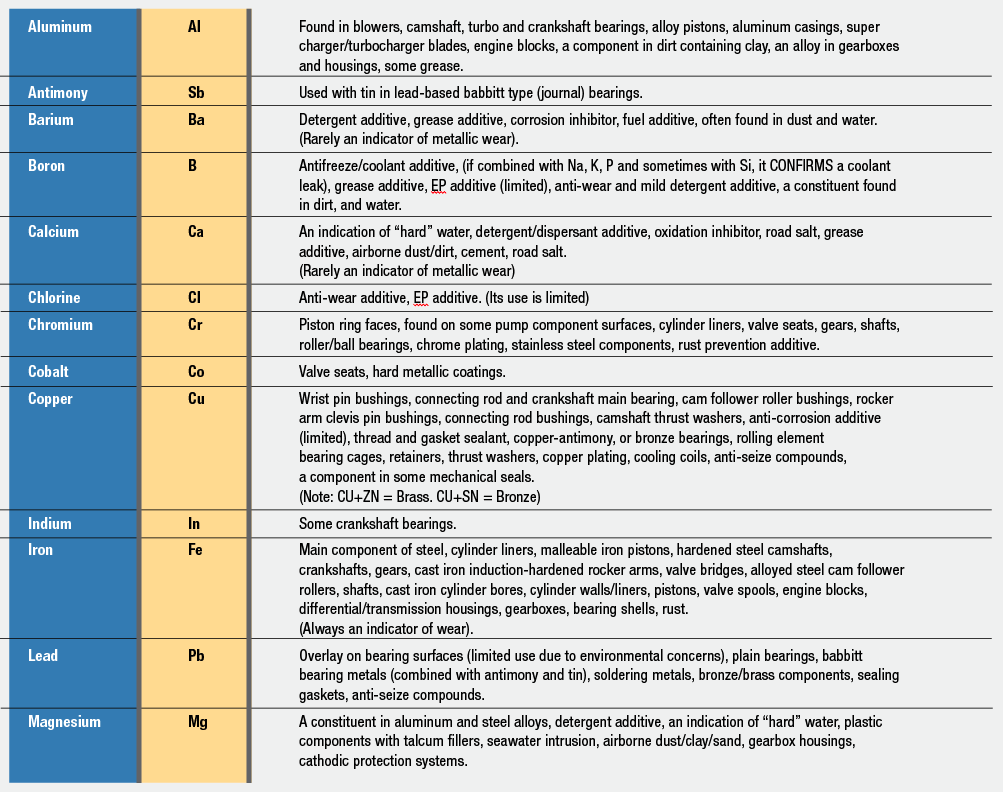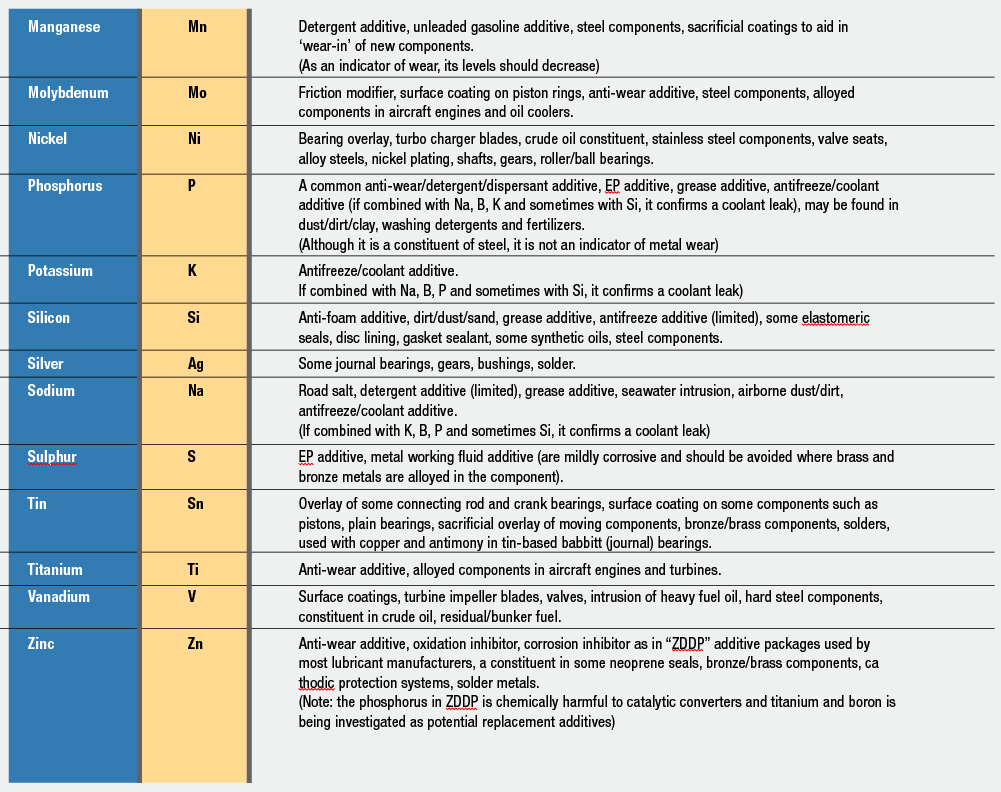
Correctly and completely interpreting oil analysis reports
Lubricating oil analysis is an equipment condition monitoring technique that cannot be ignored in today’s competitive marketplace.
July 26, 2022 | By L. (Tex) Leugner
 Photo: Susan_SM / iStock / Getty Images
Photo: Susan_SM / iStock / Getty Images

Photo: Susan_SM / iStock / Getty Images
The return on investment with an effective oil analysis program can be 100 per cent or more. If the program is well planned and executed it will allow the maintenance department to not only predict potential problems or failures, but to eliminate many of them. The ultimate objective in any maintenance program is to improve equipment reliability.
1. Does your maintenance department have a well-trained lubrication specialist who understands the conditions that cause lubricants to deteriorate?
LOGIC: Conditions that cause rapid oil deterioration include incorrect oil selection, excessive operating temperatures, contamination including water and severe applications that deplete oil additives causing oxidation or nitration.
2. Does your maintenance department know the benefits of oil analysis?
LOGIC: Benefits include monitoring rates of component wear, viscosity, alkalinity, acidity, additive levels, contaminant types and their sources, determine optimum drain intervals and determine remaining lubricant quality.
3. Does the maintenance department understand that effective oil analysis can provide huge equipment reliability improvements?
LOGIC: Using the correct tests provides effective downtime scheduling, avoidance of unnecessary repairs, shorter repair times, improved planning for operations or maintenance activities, improved monitoring of maintenance tasks, provide guidance for continuous reliability improvement and equipment condition can be trended (even more effectively when used in combination with vibration analysis, ultrasonic monitoring, and thermographic temperature testing).
4. Do the lubrication technicians understand the importance of how and when to obtain effective oil samples for analysis?
LOGIC: To provide effective oil analysis results whose interpretation can be trusted, oil samples must be obtained on a regularly scheduled basis, preferably on an hourly recorded basis when the oil is hot and well-circulated and obtained using the same technique from the same locations to ensure consistency.
5. Does maintenance management understand that oil analysis reports must be properly interpreted if the resulting reports are to be trusted?
LOGIC: Oil viscosity must be reported in CST at 40 and 100 degrees Celsius respectively for multi-grade oils with a tendency to shear. Viscosity changes of 15 per cent or more should be investigated immediately. Water must be monitored carefully depending on the type of equipment. A “trace” of water is about 0.1 to 0.2 per cent or 1,000 to 2,000 PPM. It is a mistake to ignore this much water in certain recirculating systems with high oil flow rates and turbulence that may experience foaming problems with as little as 100 PPM of water.
In systems that contain bronze components too much water can cause severe corrosion problems. In systems that use biodegradable oils, control of water is critical to the life of the oil. The Karl Fischer water test must be part of any effective oil analysis program.
6. Does the maintenance group completely understand the use and proper interpretation of oil degradation conditions such as nitration and oxidation?
LOGIC: Oil degradation conditions can be measured by infrared scan. This test reports soot levels, nitration, oxidation, additive levels, and other conditions that affect the oil’s ability to properly lubricate. Oxidation stability can be tested using the RULER “remaining useful life test” to assess the remaining life of turbine and hydraulic oils. Acid number (AN) is a measure of acidity based on ASTM D664 and should be monitored in critical hydraulic, gear drive, turbine, compressor, and natural gas engine oils.
Accepted recommendation is to replace the oil when the AN “double” that of new oil specifications. Base number (BN) is a measure of the reserve alkalinity remaining in engine oils and is related to the detergent/dispersant ability to counteract acids based on ASTM D2896, providing accurate results of BN that decreases as oil nears the end of service life. The recommendation is oil should be changed when the BN is reduced by ½ that of new oil.
(Oxidation rates increase as temperatures increase, while nitration rates increase as temperatures decrease).
7. Does the lubrication specialist know the metallurgical makeup of the equipment components and the purpose of the additives in the oils that are in use?
LOGIC: To avoid confusion and unnecessary reaction it is critical that someone in the maintenance organization is aware of these considerations to ensure proper interpretation of oil analysis reports.
8. How does the maintenance group monitor dirt and dust contamination to determine filter quality?
LOGIC: Effective contamination monitoring requires the use of particle counts as part of ISO 4406 standards.
Spectroscopic Analysis element sources


MRO
_________________
L. (Tex) Leugner, the author of Practical Handbook of Machinery Lubrication, is a 15-year veteran of the Royal Canadian Electrical Mechanical Engineers, where he served as a technical specialist. He was the founder and operations manager of Maintenance Technology International Inc. for 30 years. Tex holds an STLE lubricant specialist certification and is a millwright and heavy-duty mechanic. He can be reached at texleug@shaw.ca.
